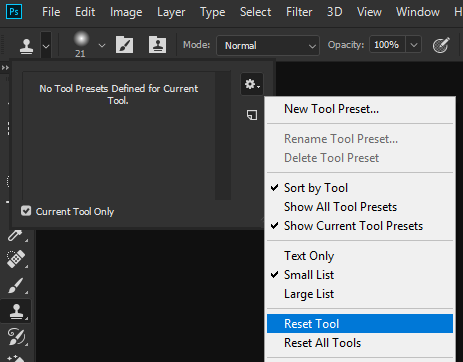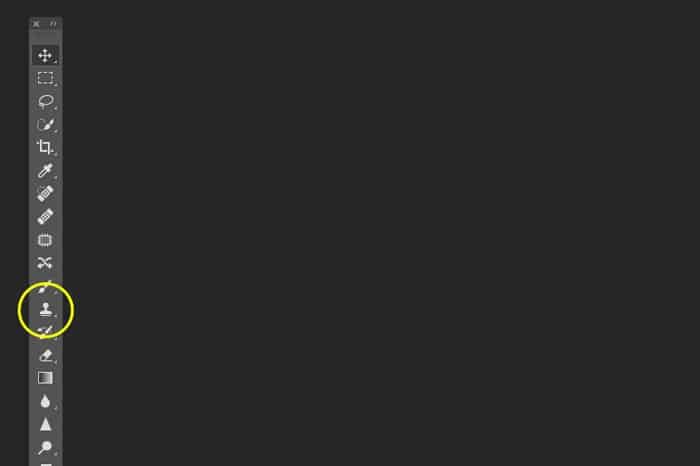
Conversely, All Layers ignores all layer distinction and clones any visible pixels in the document (invisible layers will be ignored). The area cloned depends on the selected layer and sample mode.Īs you can see, with Current Layer selected, the clone stamp ignores pixel data contained in any other layer. Here’s a visual illustration of how each mode works: These options affect the area you are sourcing. Under the “Sample” menu are three options: Current Layer, Current and Below and All Layers. For more information on using these features, check out the article “ Brushing Up on Photoshop’s Brush Tool.” Basic Settings: Sample Use a scatter brush to create interesting particle effects.Įxperiment with the opacity, blending mode and brush flow for an even wider variety of results. For instance, below I’ve used a scatter brush shaped like a leaf to add some visual interest to the photo.
#After effects clone stamp tool not working how to
We’ll discuss how to avoid this later.Īs stated, while a soft round brush is recommended for basic cloning, a number of interesting effects can be created using alternate brushes. Both sides suffer from noticeable replication, but this was intentional to exaggerate the cloned area. The transition is much smoother on the left side, where a soft brush was used. In the example above, and in most cases in fact, a small to medium-sized round soft brush gives the best result.Īs you can see, a hard brush often creates visible edges along the path of the clone. Instead, it allows you to use any brush you want, allowing you to create an unlimited number of effects. Photoshop does not restrict cloning to a basic default brush. The first setting you’ll want to familiarize yourself with is for the brush. Basic Settings: Brushīelow, you’ll find the default settings when the clone stamp is selected. To be able to use this tool effectively, let’s look at the relevant settings. The image area from the source will be transferred to the destination. Then, with no keys held down, begin painting over the area you want to replace. To begin, simply click on the preferred source area while holding down the “Option” key (“Alt” on a PC). In this case, the area around the words provides an ample source of stone texture from which to clone. To clone out the name on the tombstone above, you would select a source that shares the texture of the area you want to replace. Use the “Option” key (“Alt”) to set the source. The basic concept is that you duplicate certain portions of an image using a source, destination and brush. The Clone Stamp tool is the oldest and most widely known of the cloning tools. Pixel Perfection When Rotating, Pasting And Nudging In Photoshop.

Mastering Photoshop: Noise, Textures, Gradients and Rectangles.Useful Photoshop Tips And Tricks For Photo Retouching.

This article introduces the several cloning tools available in Photoshop and goes over the proper usage and best practices of each. In the hands of a careless artist, Photoshop cloning can be disastrous to the credibility of the result. In a skilled and experienced hand, these tools lead to phenomenal results. Photoshop’s wide array of cloning tools is the cause of many of the absolute best and worst works created with the application.




 0 kommentar(er)
0 kommentar(er)
